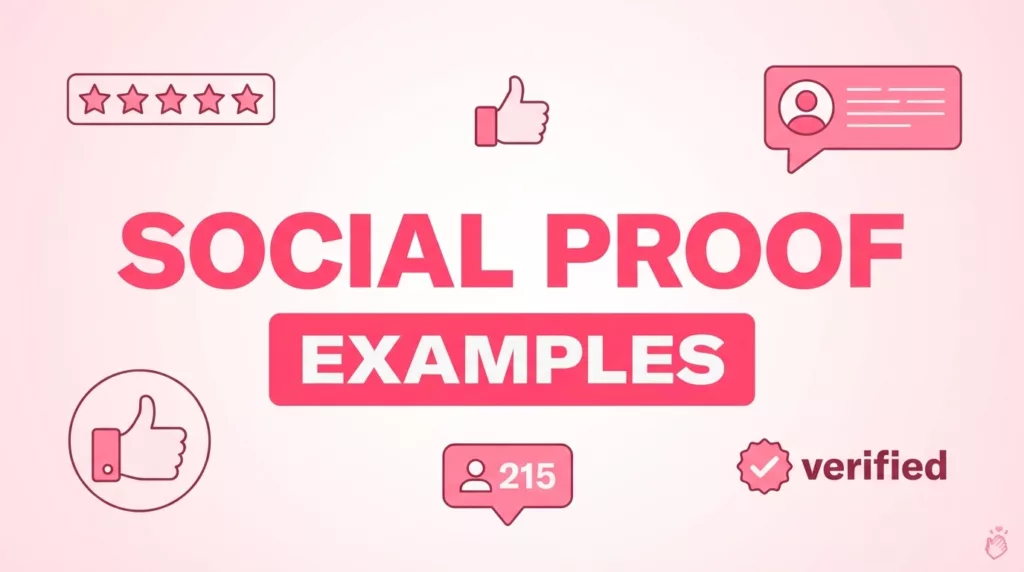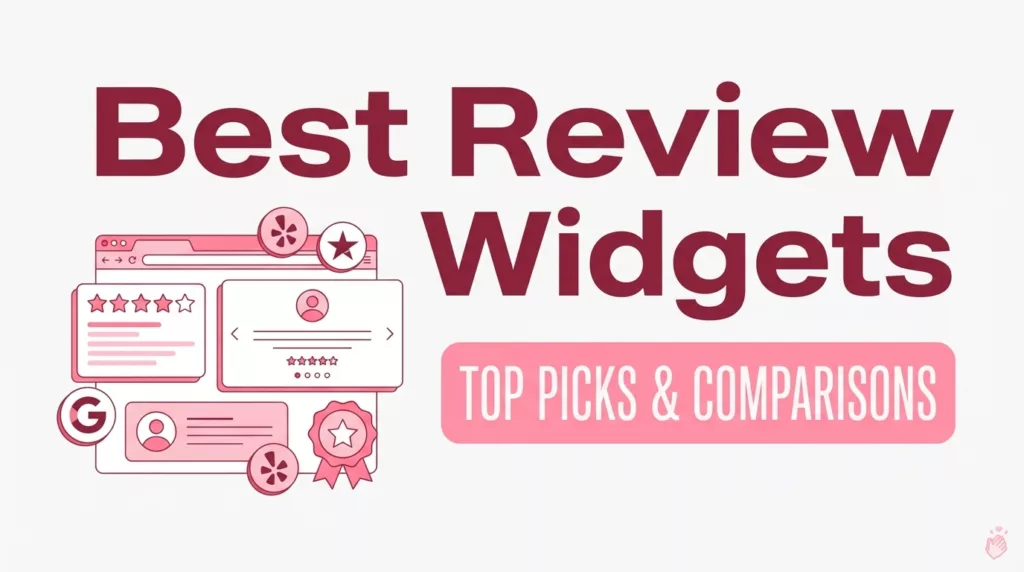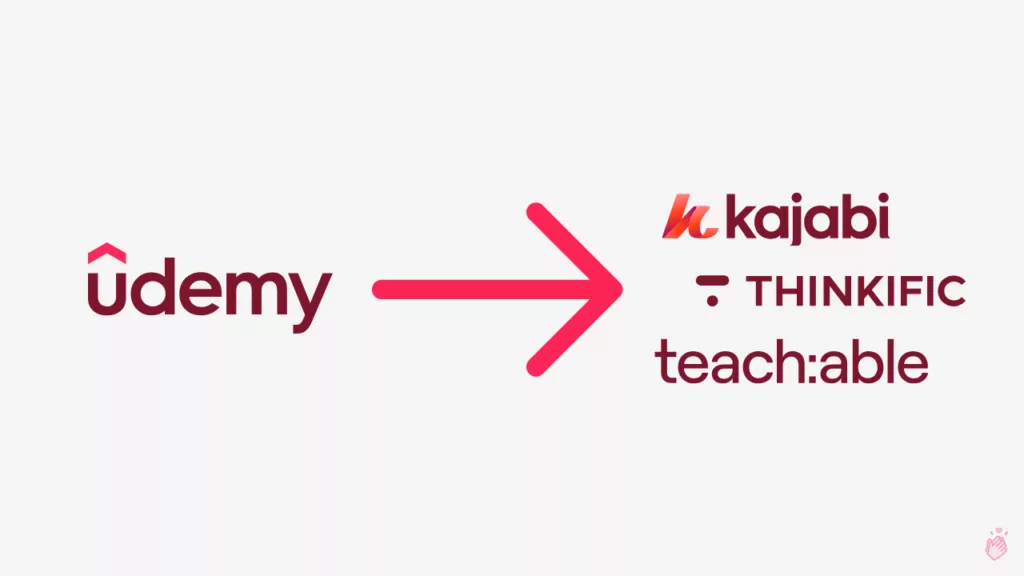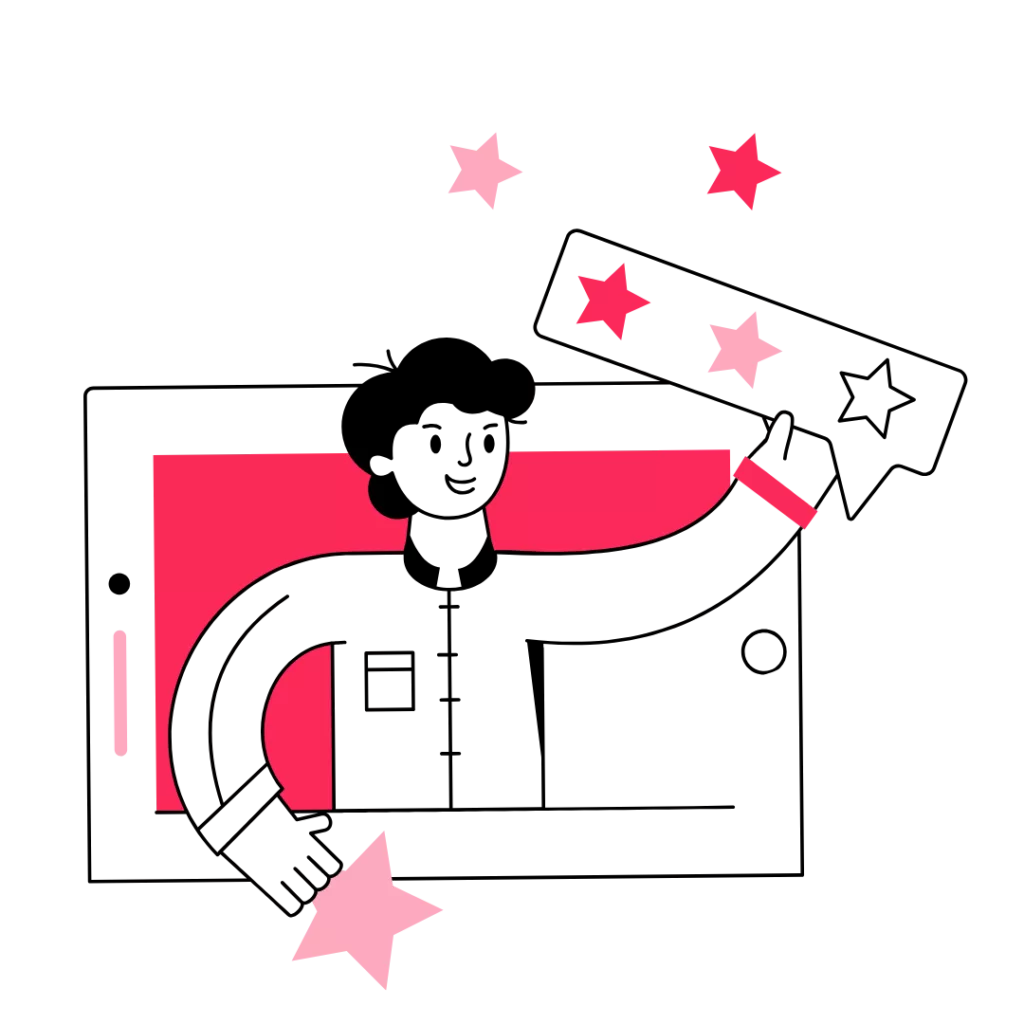
If your e-commerce business relies solely on discounts to keep customers coming back, you’re fighting a losing battle. Discount-driven loyalty is a race to the bottom. It eats away at profit margins, encourages price-hopping behavior, and creates customers with no real connection to your brand.
But there’s a better way. True customer loyalty is built on emotional connection, brand trust, and ongoing engagement. In this guide, we’ll explore how to move beyond discounts to craft a winning customer retention strategy. You’ll learn how to create personalized loyalty programs, re-engage customers with timely email campaigns, inspire user-generated content (UGC), and build a community that keeps customers coming back for more.
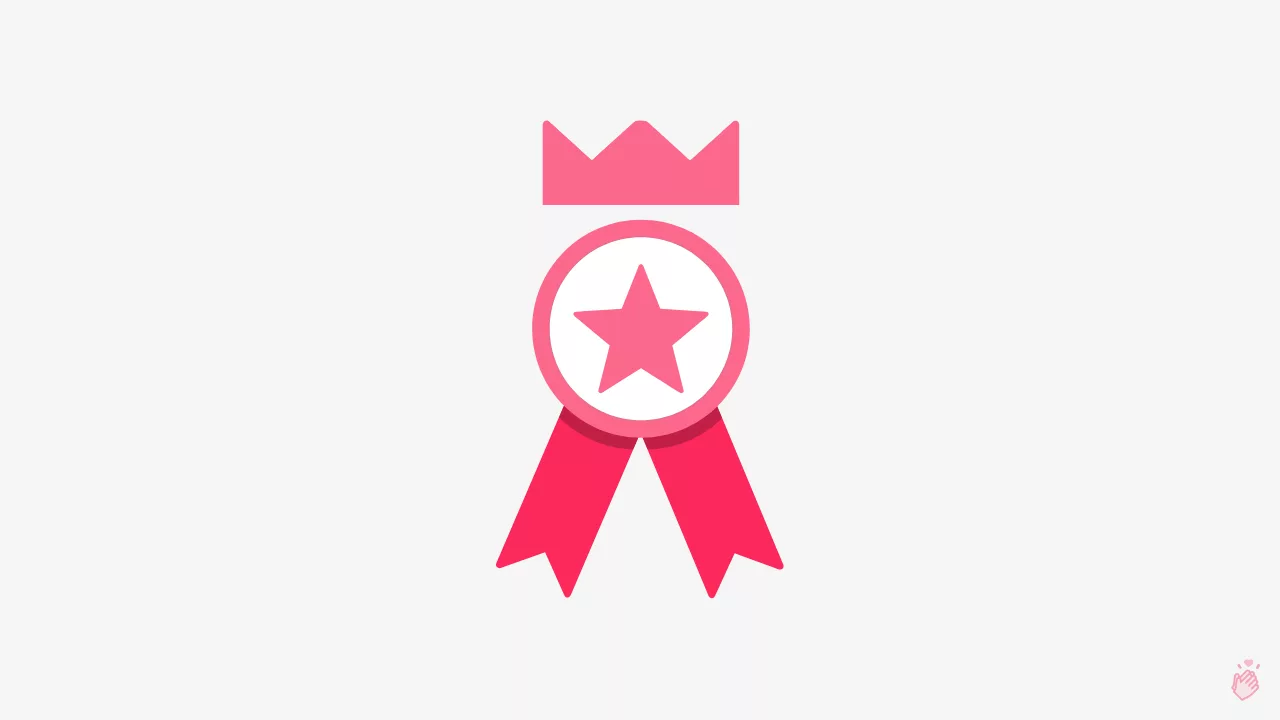
Why Customer Retention Matters More Than Ever
1. Retention Is Cheaper Than Acquisition
The cost of acquiring new customers has skyrocketed due to rising ad costs and increased competition. It’s 5-7x cheaper to retain an existing customer than it is to acquire a new one.
2. Loyal Customers Spend More
According to research, repeat customers spend 67% more than new customers. They’re also more likely to try new products and participate in upsell opportunities.
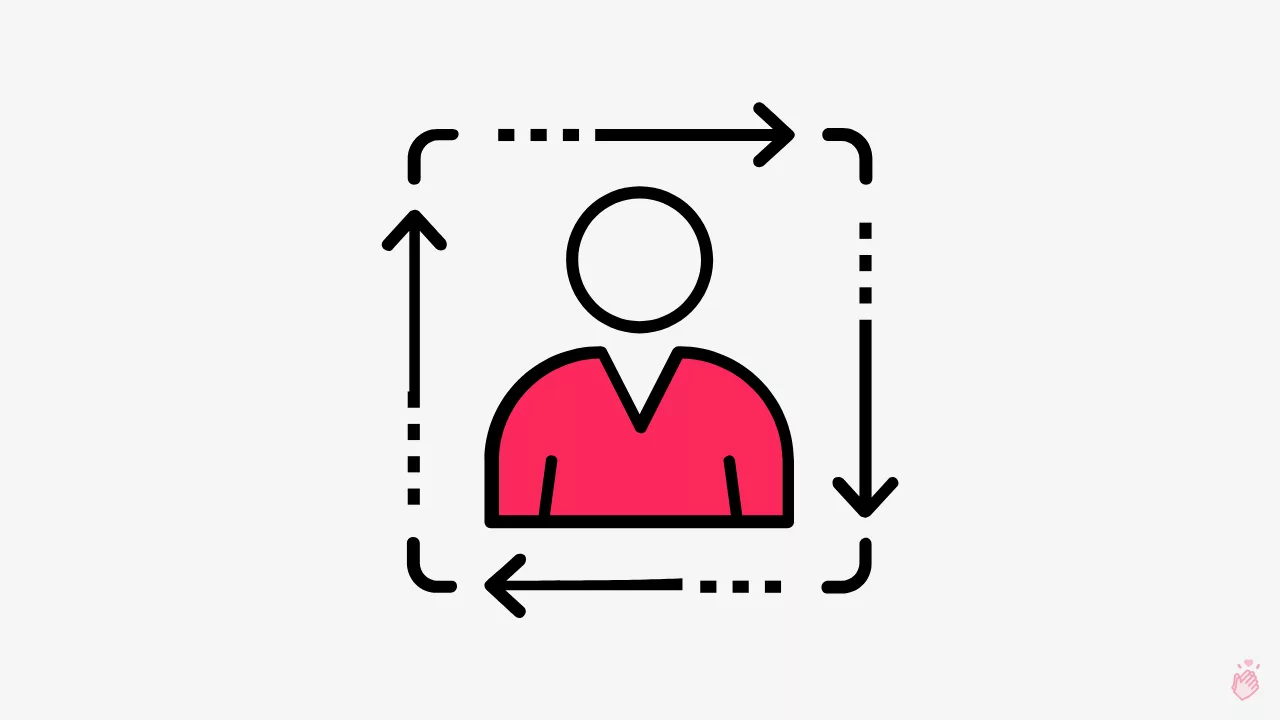
3. Retention Boosts Your Bottom Line
A mere 5% increase in customer retention can drive up profits by 25-95%. Loyal customers buy more frequently, spend more per purchase, and are less likely to churn.
Pro Tip: Calculate your current customer retention rate and identify opportunities to boost it. Even a small increase in retention can have a huge impact on your revenue.
4 Proven Strategies to Build Customer Retention & Loyalty
1. Craft a Next-Level Customer Loyalty Program
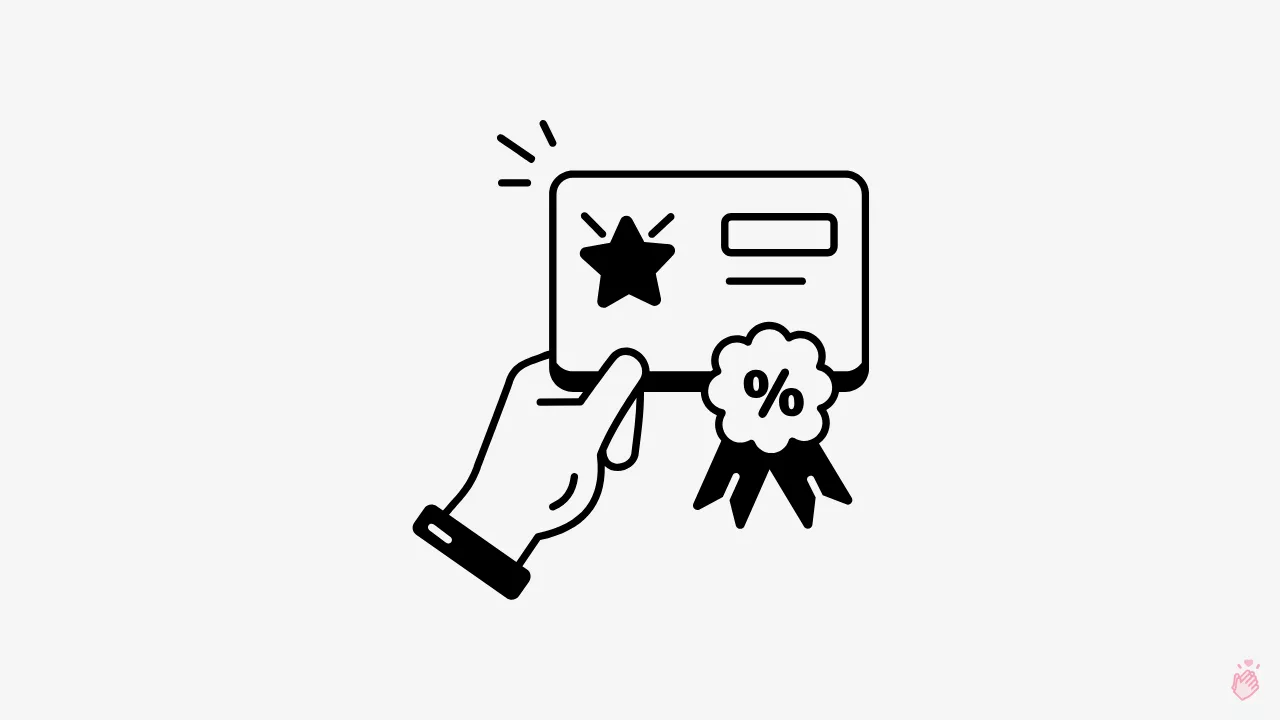
Why Traditional Loyalty Programs Fall Short
Many e-commerce businesses rely on simplistic point-based systems, but these have serious flaws. Customers often lose interest when the points-to-reward conversion is unclear or when rewards are too hard to attain. Additionally, discounts as a reward erode margins and encourage deal-chasing behavior.
How to Build a Loyalty Program That Actually Works
- Set Clear Goals: Determine what you want to achieve. Are you driving repeat purchases, increasing lifetime value (LTV), or building brand advocacy?
- Choose Your Program Type: Select from common program types like:
- Points-Based: Customers earn points for each dollar spent (e.g., Starbucks).
- Tiered Loyalty: Customers unlock better perks as they spend more (e.g., Sephora’s Rouge tier).
- Paid Membership: Customers pay to join a program that offers premium benefits (e.g., Amazon Prime).
- Offer Rewards That Matter: Instead of just discounts, offer experiential perks like:
- Free shipping
- Early access to products
- Exclusive content or behind-the-scenes access
- Make It Easy to Understand: Clearly communicate the value and process for earning and redeeming rewards. Use simple language and avoid confusing jargon.
- Automate and Track Progress: Use loyalty software like LoyaltyLion or Smile.io to manage your program. They allow you to track customer behavior, automate point tracking, and send timely notifications.
Examples of Successful Loyalty Programs
- Sephora: Offers a tiered program where higher-spending customers unlock exclusive perks.
- Amazon Prime: Customers pay an annual fee for free shipping, exclusive content, and early access to deals.
- REI Co-op: Members pay a one-time fee for lifelong membership, unlocking dividends and exclusive perks.
Pro Tip: Your loyalty program should focus on exclusivity and emotional connection, not just monetary rewards. Create a sense of FOMO (fear of missing out) to encourage customers to join.
2. Use Personalized Email Campaigns to Re-Engage Customers
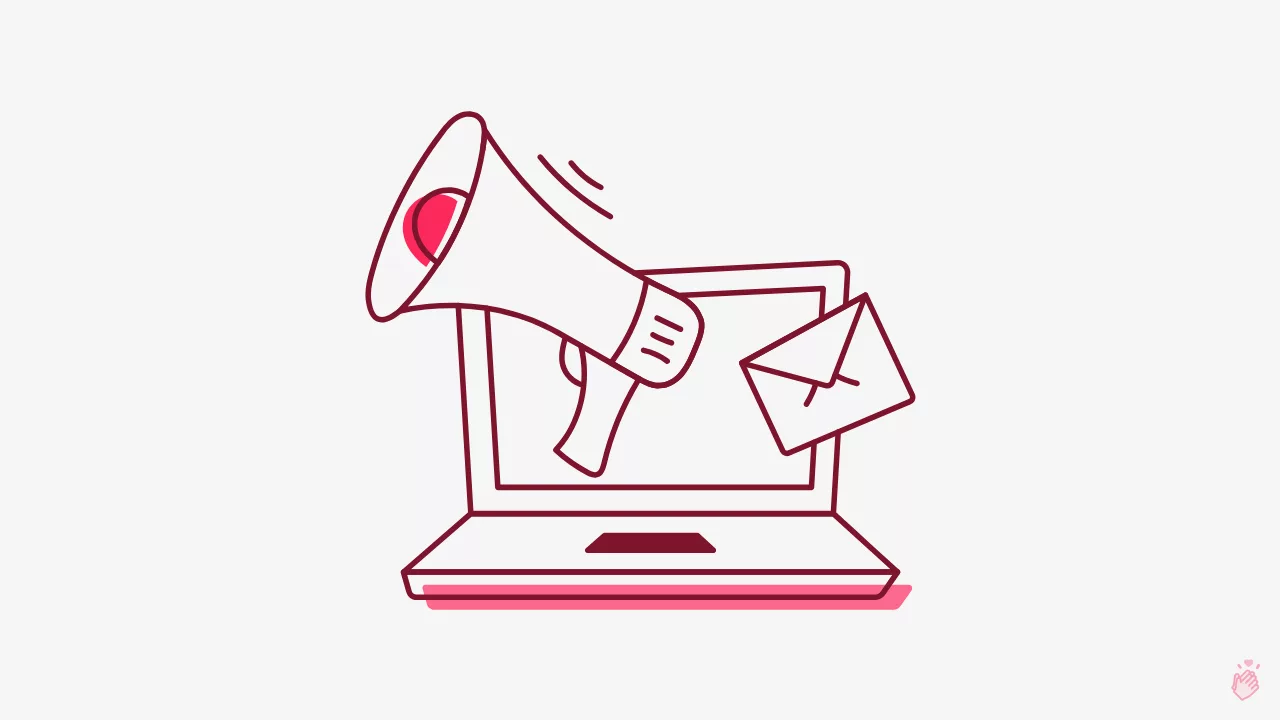
Why Personalized Emails Are a Game-Changer
Personalized emails can increase click-through rates by 14% and conversions by 10%. Customers are more likely to engage when content is relevant to their unique preferences and behaviors.
How to Create Personalized Email Campaigns That Boost Retention
- Segment Your Audience: Break down your email list into key segments based on customer behavior, purchase history, and demographics.
- Use Dynamic Content: Personalize product recommendations, names, and even images within emails. Tools like Klaviyo allow for dynamic content that changes based on the recipient’s data.
- Trigger Re-Engagement Campaigns:
- Abandoned Cart Emails: Send reminders with product images, prices, and urgency-driven messaging (e.g., “Hurry, items in your cart are selling fast!”).
- Win-Back Campaigns: If a customer hasn’t purchased in a while, offer them an incentive to return.
- Product Recommendations: Use purchase history to send tailored product suggestions.
- Send Transactional Emails That Delight: Don’t overlook shipping confirmations, order updates, and delivery notifications. These emails have high open rates and can include upsell opportunities.
Best Practices for Personalization Success
- Use A/B testing to determine which subject lines, images, and offers drive more engagement.
- Avoid being overly salesy; focus on value and personalization.
- Leverage customer data to send hyper-personalized recommendations.
Example Email Flows
- Post-Purchase Email: Thank customers for their order, suggest complementary products, and request a review.
- Anniversary Email: Send customers a personalized message to celebrate the anniversary of their first purchase.
- Reactivation Email: Use the subject line “We Miss You, [Name]” and offer a special incentive to return.
Pro Tip: Automate your email campaigns using tools like Mailchimp or Klaviyo. These platforms help you create behavior-based triggers that send emails at the right moment.
3. Encourage User-Generated Content (UGC), Reviews & Referrals
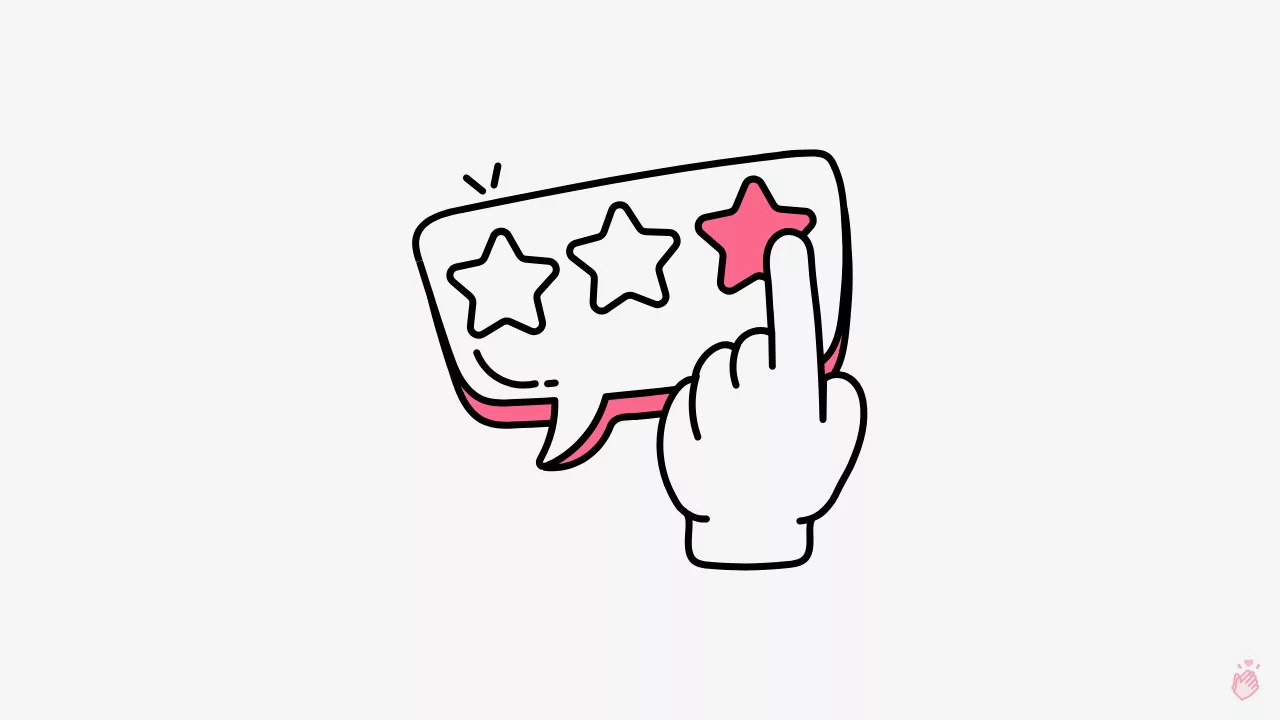
Why UGC is a Retention Superpower
User-generated content builds trust. When people see real customers using your product, they’re more likely to buy. Customers are 161% more likely to purchase after seeing UGC. Plus, customers who participate in UGC are more emotionally invested in your brand.
How to Get More UGC, Reviews & Referrals
- Run Contests & Giveaways: Encourage customers to share photos or videos of your product in exchange for a chance to win prizes.
- Ask for Reviews & Testimonials: Use tools like Shapo.io to collect reviews and display them on your site. Request reviews post-purchase or after a milestone (like 30 days of ownership).
- Leverage Referral Programs: Create a referral system where customers get rewarded for referring friends. Popular models include “Give $10, Get $10” or offering free gifts.
- Use Incentives to Motivate Action: Offer customers points, entries into a contest, or early access in exchange for submitting UGC.
UGC Best Practices
- Add social proof widgets to your homepage using tools like Shapo.io.
- Create branded hashtags (e.g., #ShowUsYourStyle by Glossier) and encourage customers to tag their photos.
- Showcase the best UGC in your social media feeds and email campaigns.
Examples of Brands Doing It Right
- Warby Parker: Encourages customers to upload “home try-on” selfies using the hashtag #WarbyHomeTryOn.
- Glossier: Uses the hashtag #glossierpink to encourage customers to share photos of themselves wearing Glossier products.
- Gymshark: Leverages ambassadors to post UGC content wearing Gymshark products, boosting their brand image.
Pro Tip: Use tools like Shapo.io to automate review collection and display the best UGC on your homepage.
4. Build a Brand Community to Foster Long-Term Loyalty
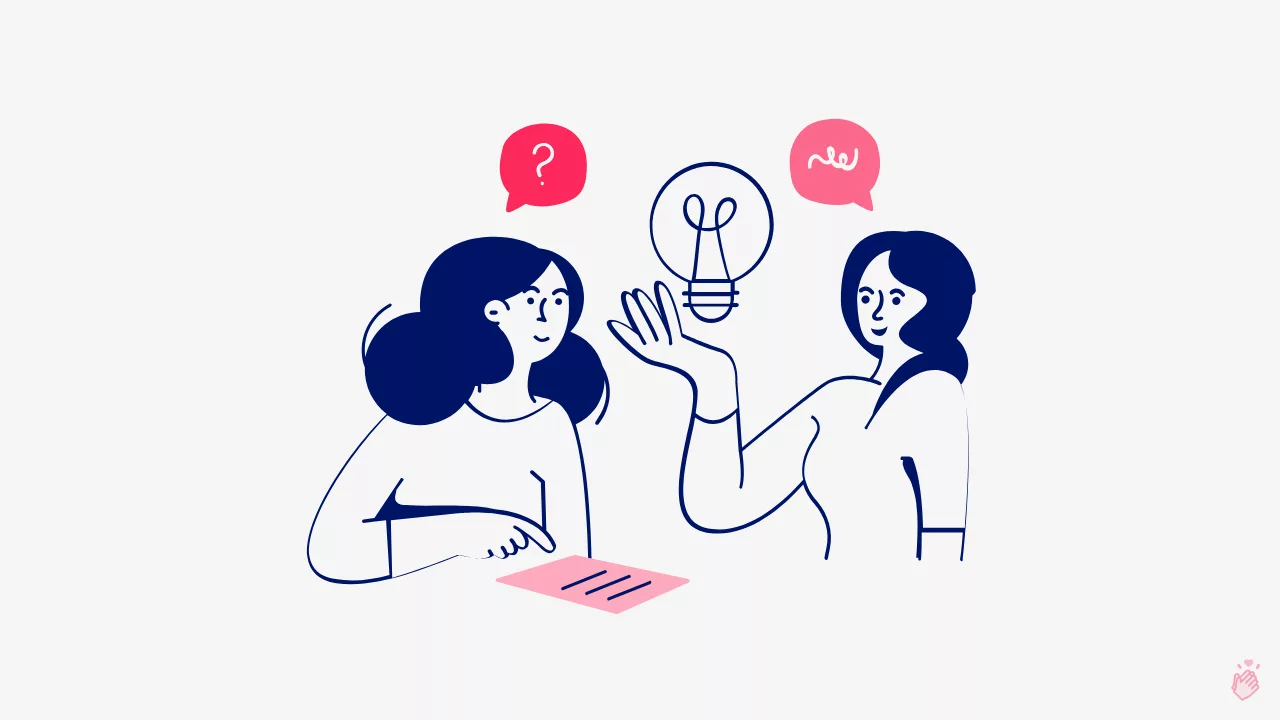
Why Brand Communities Build Emotional Loyalty
People crave a sense of belonging. When your brand becomes part of your customers’ identity, they’ll stick with you for life. A strong community encourages customers to advocate for your brand, reducing your need for paid ads.
How to Build a Strong Brand Community
- Choose Your Platform:
- Facebook Groups: Great for discussion and engagement.
- Discord or Slack: Ideal for niche, interactive communities.
- Branded Mobile Apps: If you have the budget, create your own app (like Nike’s Running Club).
- Offer Value-Driven Experiences: Create exclusive content, insider product previews, live Q&As, or members-only events.
- Design Community-Specific Content: Share user-generated content, customer success stories, and sneak peeks of upcoming products.
- Incentivize Active Participation: Gamify the experience with badges, points, and rewards for community activity.
How to Launch Your Community (Step-by-Step)
- Step 1: Invite your VIP customers, brand advocates, and top spenders to join first.
- Step 2: Post “welcome” content like polls, Q&As, and exclusive product previews.
- Step 3: Host live events, webinars, or product sneak peeks to maintain engagement.
Examples of Powerful Brand Communities
- Nike Running Club: The NRC app connects runners, offers guided runs, and builds a global community of loyal customers.
- Lululemon SweatLife Community: The brand invites customers to local fitness events and connects them through Facebook Groups.
- Peloton: Its online community is so strong that members frequently self-organize local meetups.
Pro Tip: Focus on exclusivity. Customers want to feel like they’re part of something special. Highlight the unique benefits of being in your community.
Tools to Manage Loyalty Strategies
Technology makes it easier than ever to streamline your customer retention strategy. From automation tools to loyalty program software, these platforms can help you create more personalized experiences, track customer behavior, and improve customer satisfaction.
Loyalty Program Management Software
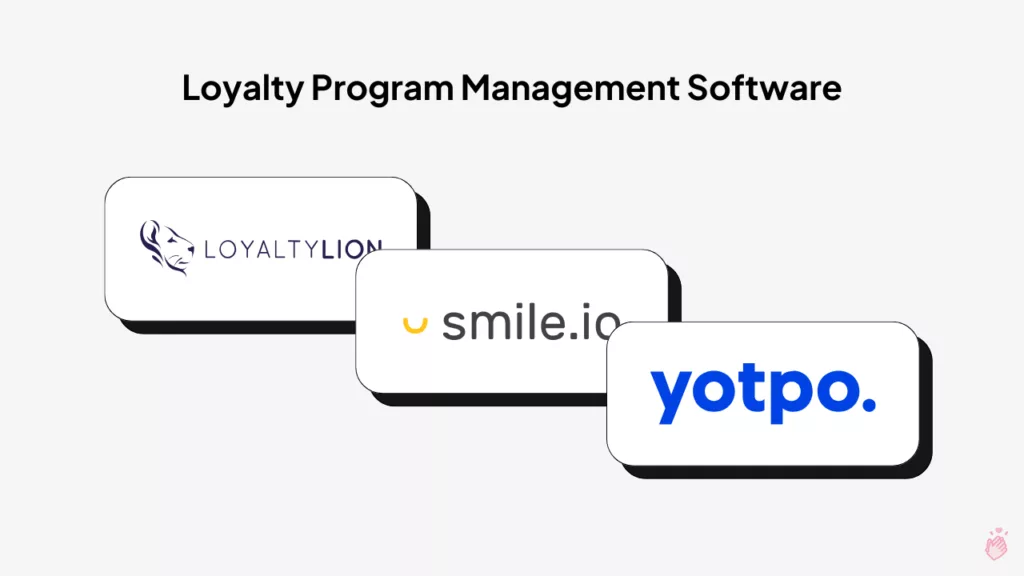
If you’re launching a loyalty program, you’ll need software to track points, manage customer tiers, and automate reward distribution. Here are some of the top tools for loyalty program management:
- LoyaltyLion: A flexible platform for creating tiered loyalty programs. It integrates with Shopify, BigCommerce, and other e-commerce platforms. It lets you track points, send reward reminders, and offer experiential perks.
- Smile.io: A beginner-friendly tool with gamification features, Smile.io allows you to launch a points-based system or a referral program. It’s popular among Shopify store owners.
- Yotpo Loyalty: Yotpo offers more than just reviews — it also provides a loyalty and rewards program tool. Their platform emphasizes VIP perks, referral bonuses, and tiered rewards.
Pro Tip: Look for tools that integrate with your existing e-commerce stack (like Shopify, WooCommerce, or BigCommerce) to reduce setup time.
Email Marketing Automation Tools
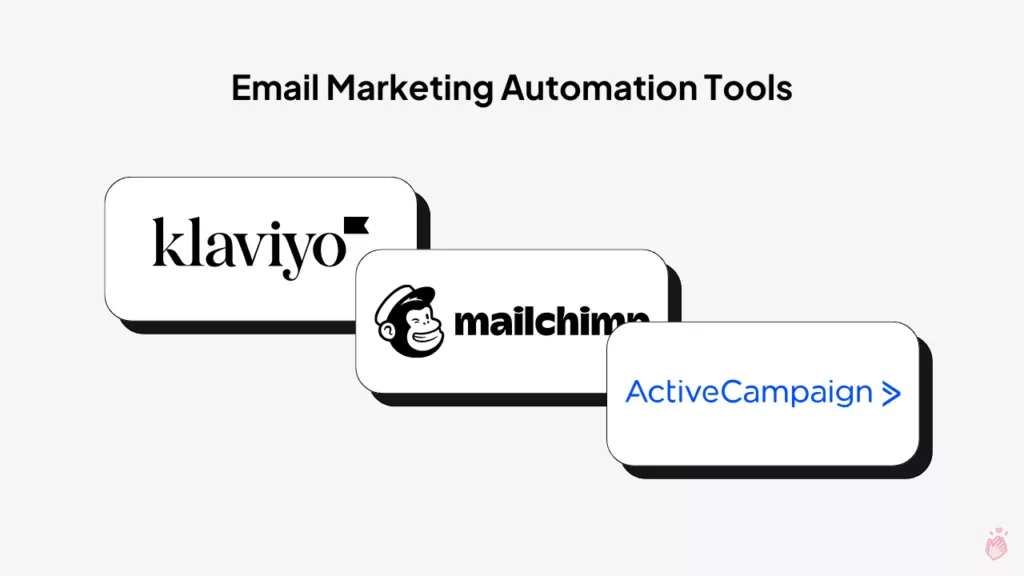
Email marketing is one of the most effective ways to boost customer retention. Automation tools help you send the right message at the right time. Here are some must-have email automation tools:
- Klaviyo: Purpose-built for e-commerce, Klaviyo allows you to create highly targeted email flows, from cart abandonment reminders to win-back campaigns. Personalization is made easy with behavioral triggers and predictive analytics.
- Mailchimp: A widely used tool for small to mid-size businesses, Mailchimp offers pre-built email templates, audience segmentation, and automation flows.
- ActiveCampaign: This platform offers automation and customer experience mapping, allowing you to create email sequences that follow the customer journey.
Pro Tip: Email automation should be tied to behavioral triggers. For example, set up a cart abandonment flow to automatically email customers 2 hours after they leave without checking out.
User-Generated Content & Review Collection Tools
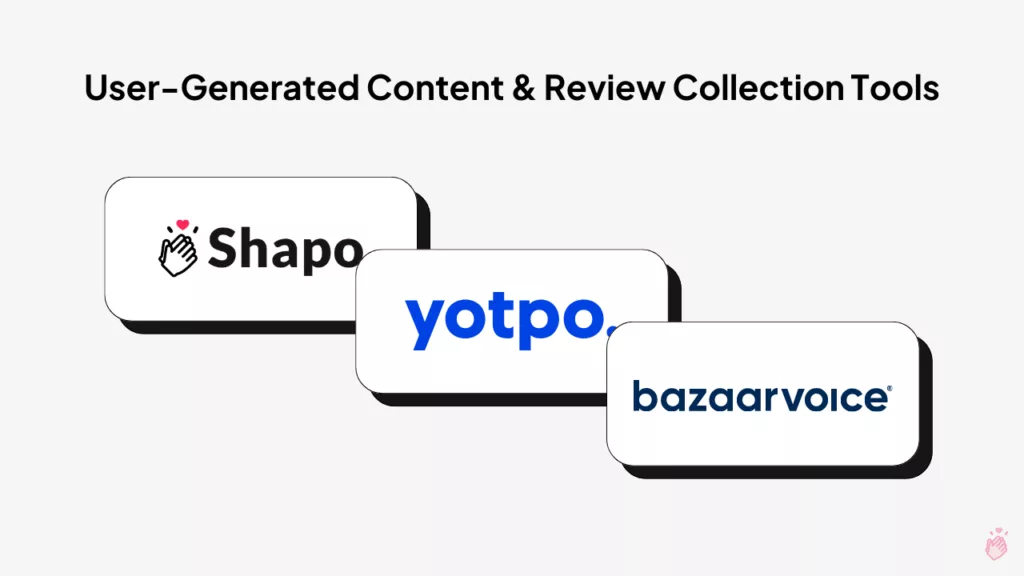
User-generated content (UGC) and reviews build trust, enhance brand authority, and improve conversion rates. Here are the tools that make it easy to collect and display reviews on your website:
- Shapo.io: Shapo.io lets you collect customer reviews, video testimonials, and UGC. You can also import reviews from over 20 platforms like Google, Facebook, and Trustpilot. This tool allows you to display reviews on your site as social proof, improving conversion rates.
- Yotpo Reviews: Yotpo helps e-commerce brands collect, moderate, and display customer reviews. It offers review widgets that increase trust at critical points of the buyer journey.
- Bazaarvoice: Known for its enterprise-level solutions, Bazaarvoice enables brands to collect and display reviews, ratings, and Q&A content on product pages.
Pro Tip: Automate review requests after purchase. Send a request 7–14 days after delivery to ensure customers have had enough time to experience the product.
Community-Building Platforms
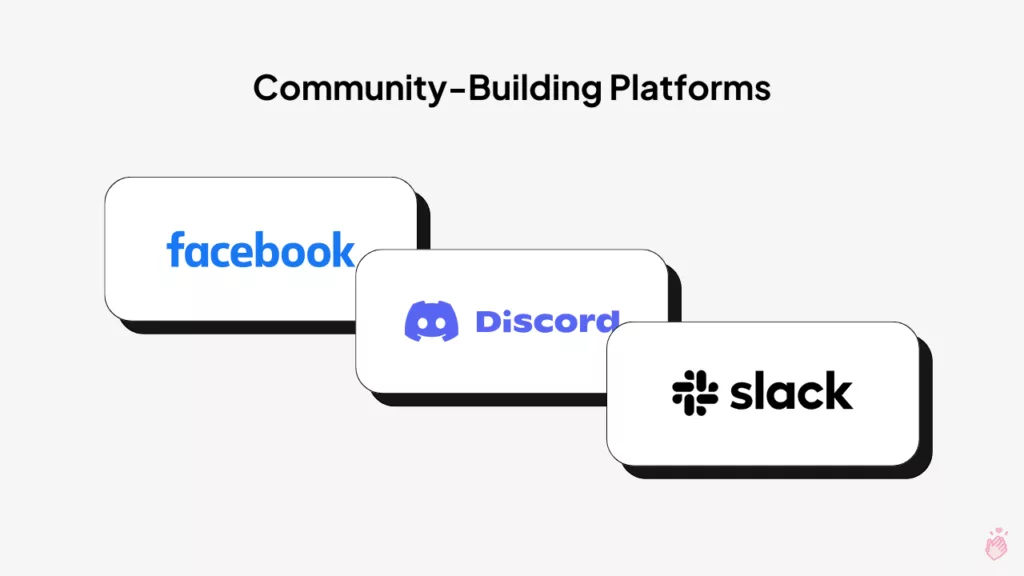
Brand communities foster emotional connections with customers, which is crucial for loyalty. Here are the top platforms to build and engage your community:
- Facebook Groups: Free and familiar, Facebook Groups are great for starting small. Businesses can create closed groups where customers can ask questions, share tips, and receive exclusive content.
- Discord: Originally created for gamers, Discord is becoming a hub for brand communities. It allows for real-time discussion, live chats, and topic-based channels.
- Slack: While traditionally used for internal team collaboration, some brands use Slack to create private communities for loyal customers.
Pro Tip: Provide incentives for people to join your community, like sneak peeks, exclusive deals, or free guides.
Referral Marketing Software
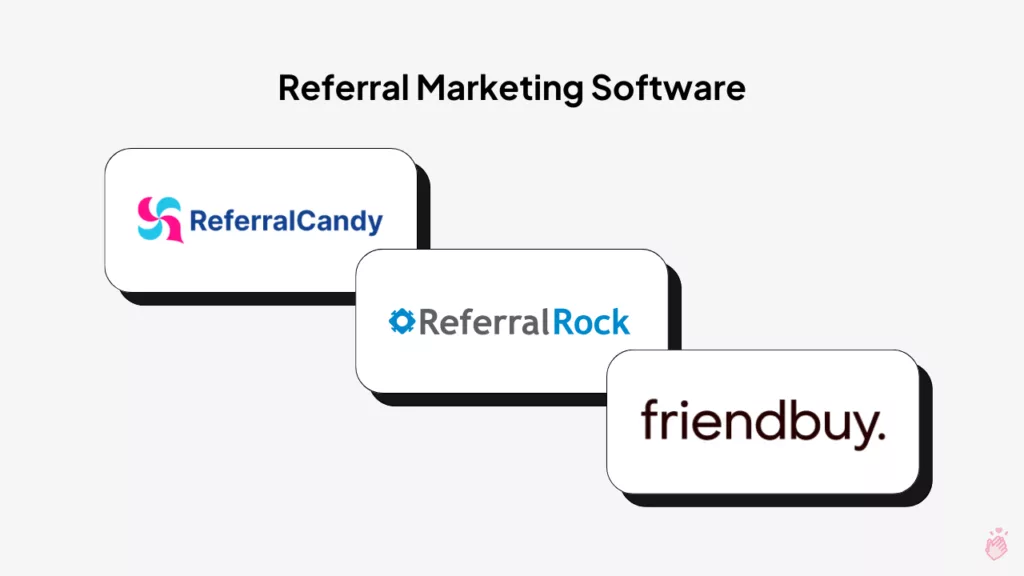
Turn your existing customers into brand advocates by encouraging them to refer new customers. Here are tools that simplify referral tracking and rewards:
- ReferralCandy: A referral marketing tool for e-commerce stores. Create a “Give $10, Get $10” style program that motivates customers to invite their friends.
- Referral Rock: Build customer, partner, and affiliate referral programs with ease. This platform offers extensive reporting and tracking capabilities.
- Friendbuy: Friendbuy is used by brands like Casper to create highly effective referral programs that drive new customers.
Pro Tip: Your referral program should be simple. Offer clear incentives like cash, store credit, or free products.
Real-World Examples of Successful Loyalty Strategies

Nothing beats real-world inspiration. Let’s look at brands that have mastered customer retention and loyalty.
Starbucks: Gamification and Mobile Loyalty App
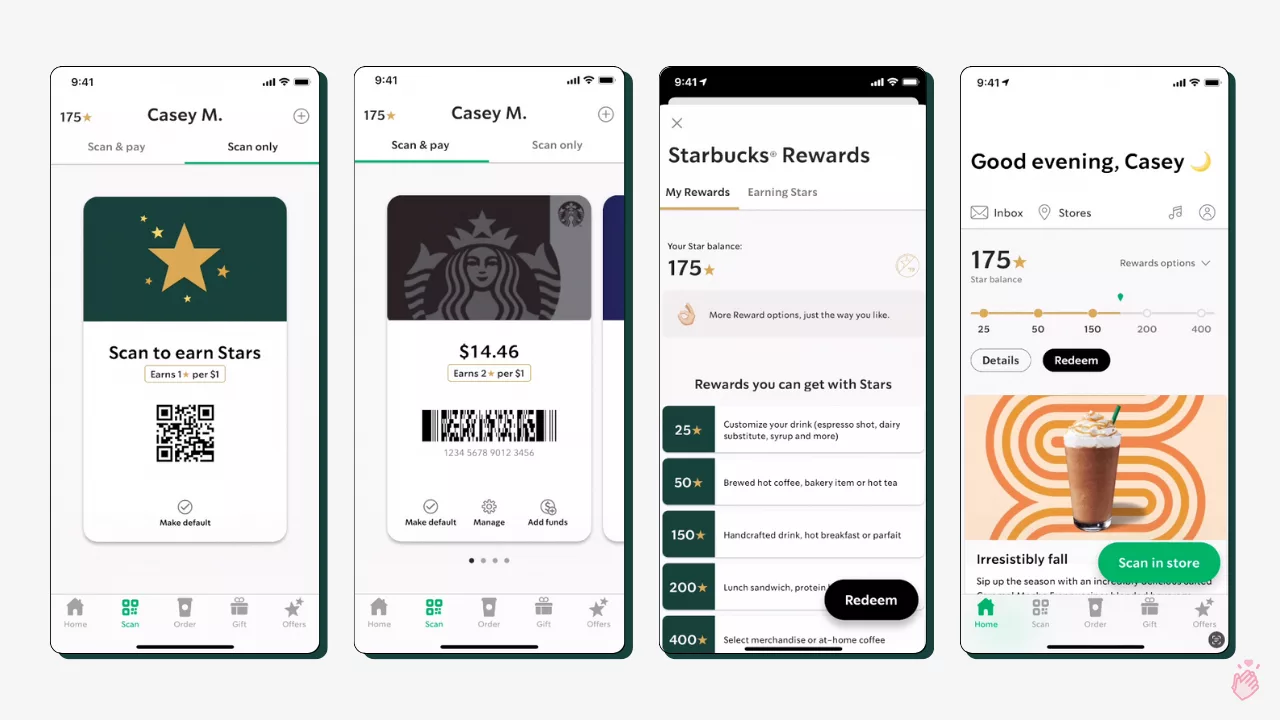
- Loyalty Strategy: Starbucks created a mobile app that tracks purchases and rewards customers with stars. Customers collect stars with every purchase, which they can redeem for free drinks or food.
- Why It Works: The app’s gamification (stars, badges, and progress bars) encourages customers to return. Additionally, customers pre-load their Starbucks app with cash, locking in future purchases.
- Takeaway: Gamification works. Make customers feel like they’re “earning” something with each interaction.
Sephora: Tiered Loyalty Rewards

- Loyalty Strategy: Sephora’s Beauty Insider program uses a tiered system (Insider, VIB, Rouge) where the more you spend, the more perks you unlock. Higher-tier members get access to exclusive sales, free gifts, and early access to products.
- Why It Works: Exclusivity and status are powerful motivators. Customers aspire to unlock higher-tier benefits, encouraging more purchases.
- Takeaway: Use tiered rewards to create a “VIP club” that makes customers want to spend more to unlock better perks.
Nike: Community-Driven Loyalty
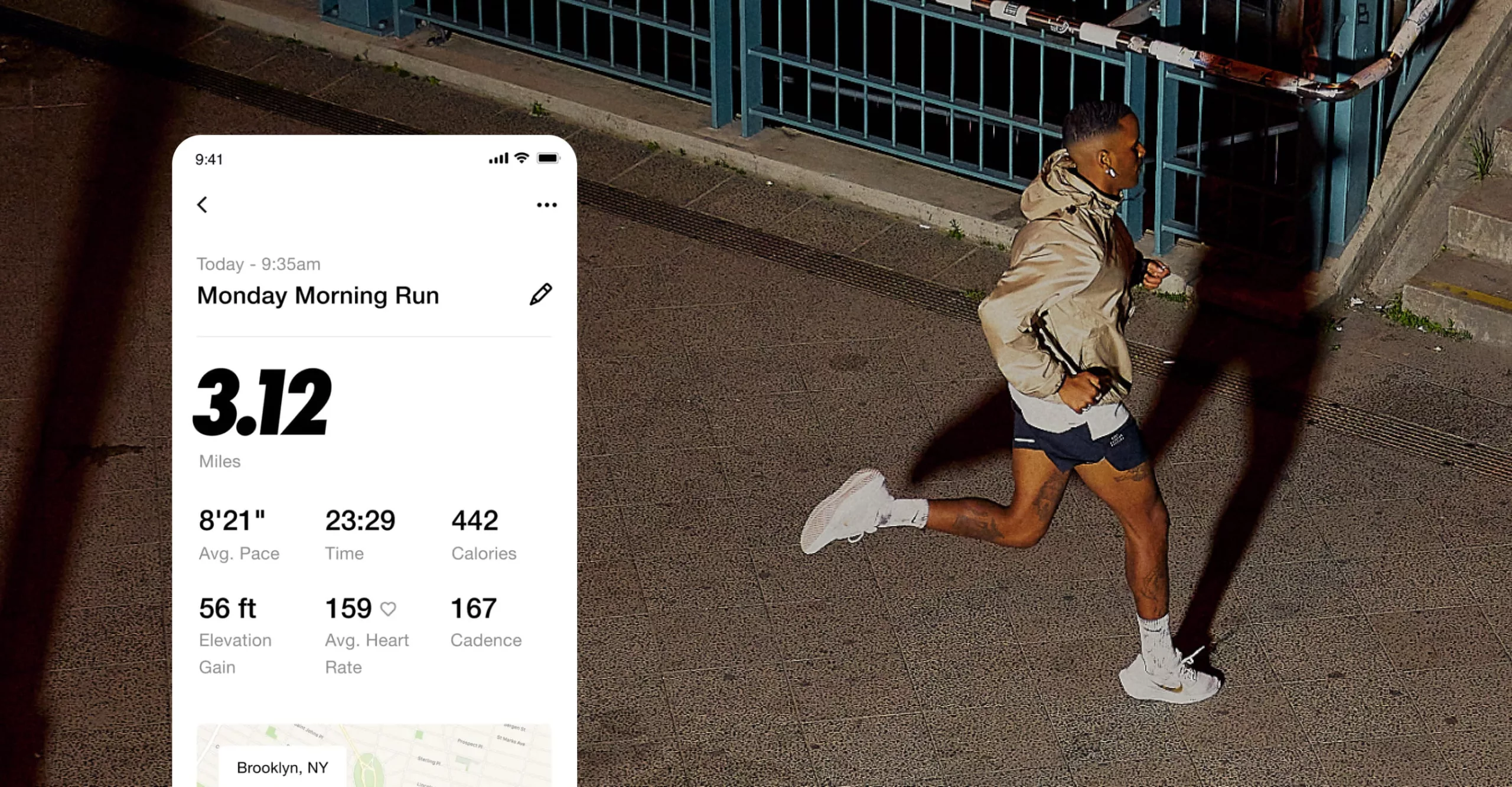
- Loyalty Strategy: Nike’s Nike Running Club (NRC) is a hybrid between a running app and a fitness community. Customers track their runs, join challenges, and access guided runs from top trainers.
- Why It Works: People seek community and connection. Nike doesn’t just sell products — they help customers achieve fitness goals.
- Takeaway: Build a community around your brand’s mission. When customers see you as a “partner” in their personal growth, they become lifelong advocates.
Amazon Prime: Paid Loyalty Membership
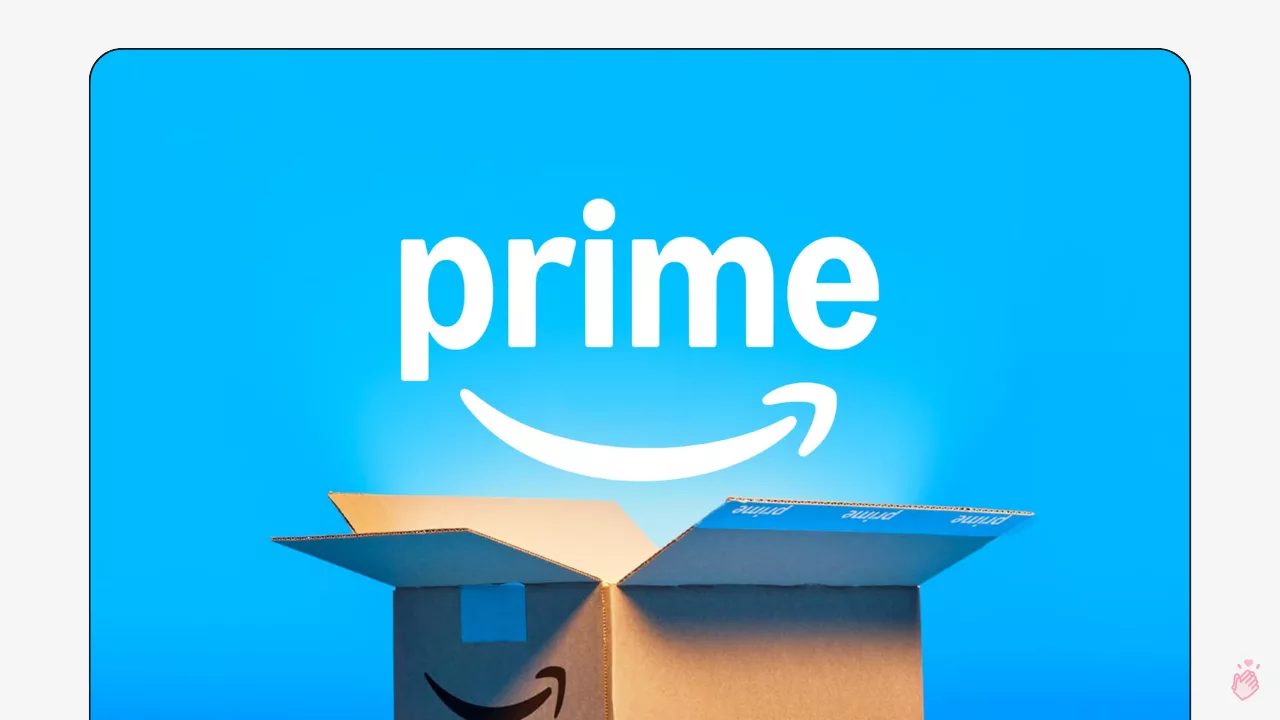
- Loyalty Strategy: Amazon’s Prime program isn’t free, but it offers so much value (free shipping, streaming, exclusive deals) that it’s worth paying for.
- Why It Works: People hate to lose benefits they paid for. Once a customer subscribes, they’re more likely to stay for fear of losing perks.
- Takeaway: Paid memberships like Amazon Prime create “commitment bias” — once a customer pays, they feel compelled to continue.
Key Takeaways to Boost Customer Retention & Loyalty
- Go Beyond Discounts: Build emotional loyalty, not just price-driven loyalty.
- Create a Loyalty Program: Use tiered rewards, VIP access, and experiential perks.
- Leverage Personalized Email Campaigns: Drive re-engagement with timely, relevant emails.
- Encourage UGC & Reviews: Collect social proof to build trust.
- Build a Community: Foster long-term engagement through shared experiences.
Actionable Next Step: Choose one strategy from this list and implement it today. Don’t try to do everything at once.
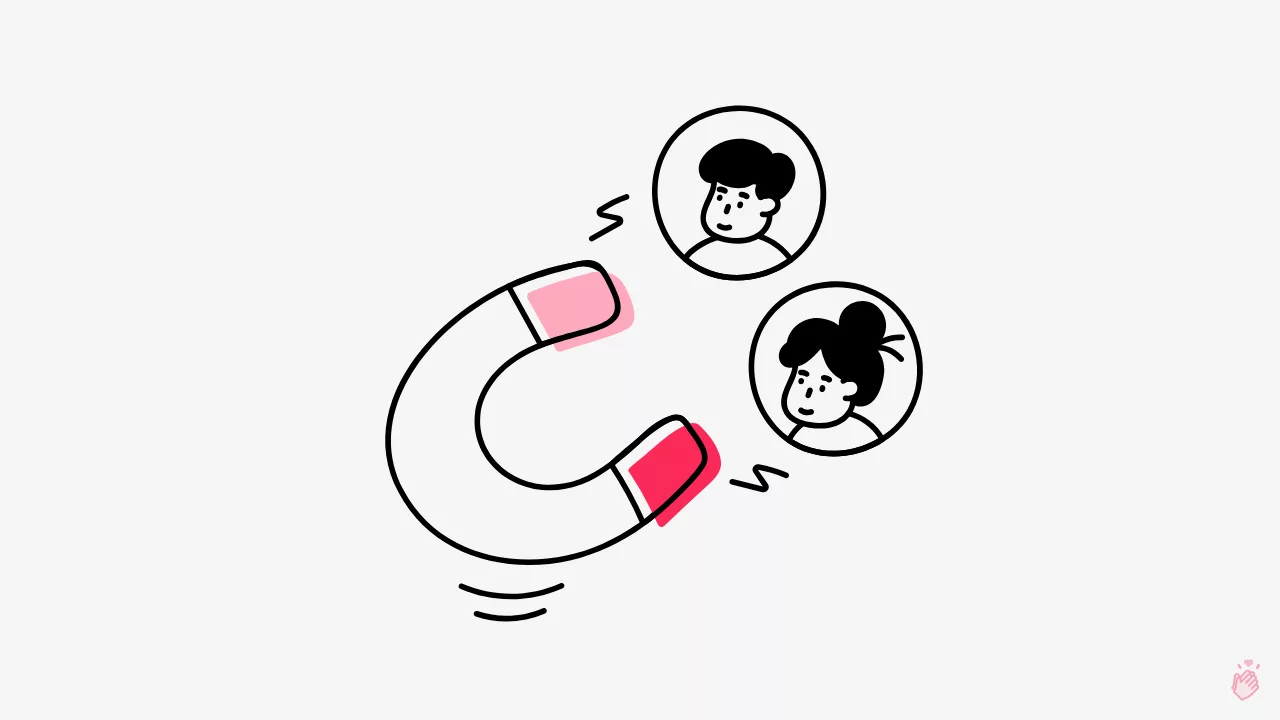
Start Building Your Loyalty Strategy Today
Don’t let discounts define your customer relationships. Launch your loyalty program, automate your email campaigns, and build a brand community that drives retention. Start now with tools like Shapo.io, LoyaltyLion, and Klaviyo.
FAQ: Everything You Need to Know About Customer Loyalty
What is customer retention vs. customer loyalty?
Customer retention is the ability to get customers to make repeat purchases, while customer loyalty is a deeper emotional connection that drives customers to prefer your brand over competitors.
Why is customer loyalty important for e-commerce?
Customer loyalty increases repeat purchases, reduces acquisition costs, and boosts profits. Loyal customers spend more, buy more often, and refer others to your brand.
What tools can I use to manage customer loyalty?
Use tools like LoyaltyLion or Smile.io for loyalty programs, Klaviyo for personalized email automation, and Shapo.io to collect and display customer reviews and testimonials.
How do I measure customer loyalty?
Measure loyalty with metrics like Repeat Purchase Rate (RPR), Net Promoter Score (NPS), and Customer Lifetime Value (CLV), which track repeat buying behavior, referrals, and total revenue from each customer.
How can I increase customer loyalty without using discounts?
Build loyalty by creating brand communities, offering early product access, and using personalized email campaigns with tailored recommendations and exclusive content.
What are the best incentives for a referral program?
Offer store credit (e.g., “Give $10, Get $10”), discounts, free products, or exclusive perks to motivate customers to refer friends and grow your customer base.

